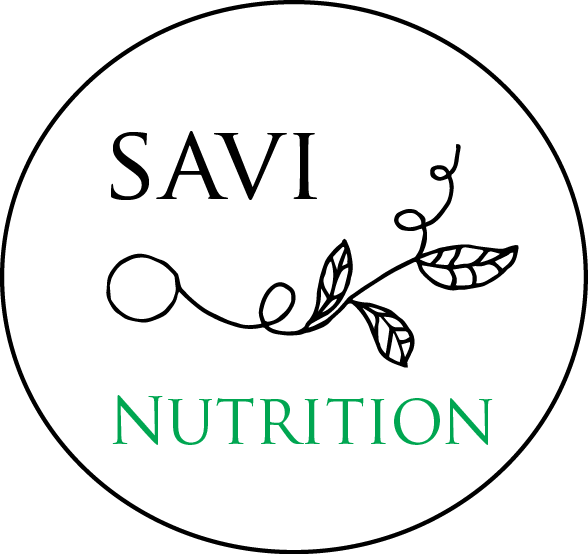
Beat Vegan Bloating
If you eat a largely plant based diet and experience bloating, wind, IBS or other digestive discomfort then this post is for you. Whilst there are lots of health benefits to eating a plant rich diets there are a few drawbacks too. One of these is FODMAPs.
What are FODMAPs
FODMAPs are a group of carbohydrates (or sugars) that we find difficult to digest. If we have a lot of FODMAPs in our diet then we may find that they ferment in our gut leading to gas, bloating and general discomfort. We will all have an individual tolerance for FODMAPs – some of us may be fine with onions but struggle with even small amounts of cauliflower. If you already have underlying gut sensitivity issues such as IBS then you may struggle with all FODMAP groups.
If you do have digestive issues it is worth seeking professional help if considering any type of FODMAP elimination diet – the reintroduction is phase is key and is best supported by a nutrition professional with appropriate training.
Can I just avoid FODMAPs?
If you are eating a plant based diet then FODMAPs are hard to avoid. Most of the key plant proteins – beans, pulses and many nuts – are high FODMAP foods. Limiting these could lead to nutritional deficiencies and will greatly reduce the variety of foods in your diet – it’s not a healthy option.
Reducing your FODMAP load
Whilst it’s not a good idea to omit FODMAPs on a vegan or vegetarian diet there are ways that you can reduce your FODMAP load. Today I particularly want to focus on vegan protein.
First lets look at those plant proteins that get the green light. These protein sources are naturally low in FODMAPs.
| Nuts | Macadamia, pecans, pine nuts, peanuts, chestnuts, walnuts and Brazil nuts |
| Seeds | Flax, quinoa, chia, hemp, poppy, pumpkin, sesame and sunflower |
| Beans and Pulses | Tempeh and firm tofu (not silken tofu or soy milk), urid dahl |
Most beans, pulses and peas are high in FODMAPs but there are things that you can do before waving goodbye to houmous.
Preparation is key
Dried beans and lentils are higher in FODMAPs than their canned counterparts. Dried pulses are decidedly cheaper but if you are experiencing digestive discomfort it may be worth swapping to canned varieties to see whether this makes a difference to you.
The FODMAPs that cause issues are water soluble. Some of the FODMAPs in your can of beans will be leached into the canning liquid. So give that aquafaba meringue a wide berth!
Give canned lentils and beans a thorough rinse, boil and drain before cooking to remove as many FODMAPs as possible. This won’t remove all of the FODMAPs, if you are sensitive you may still have issues, but it will reduce your overall intake.
Make your own
Back to dried beans and pulses being cheaper. It’s not surprising that these cheaper, dried options are used in food processing. This means that your shop bought houmous or ready meal curry will be higher in FODMAPs than making it yourself using canned ingredients. Homemade houmous is really simple and as a bonus you can add a lot less salt and use spices or roasted veg to up the flavour. You can find a houmous recipe here.
Remember the Basics
If you eat a diet with a wide variety of foods (aim for 50 different foods, herbs and spices a week) you reduce the impact of any single food on your digestive health.
Taking time to eat, focusing on your food, remembering to chew and not multi-tasking will all support your digestion. This is particularly important if you are eating a higher FODMAP diet.
Sign up to SAVI Bites
if you like the look of the refried bean and sweet potato quesadilla make sure you sign up to my newsletter as this is an exclusive recipe which will be hitting inboxes soon. just fill in the form on this page.

[…] addition to any plant based diet. I use the glass jars of chickpeas – softer than canned but lower in FODMAPs than dried – but use whatever you have to […]